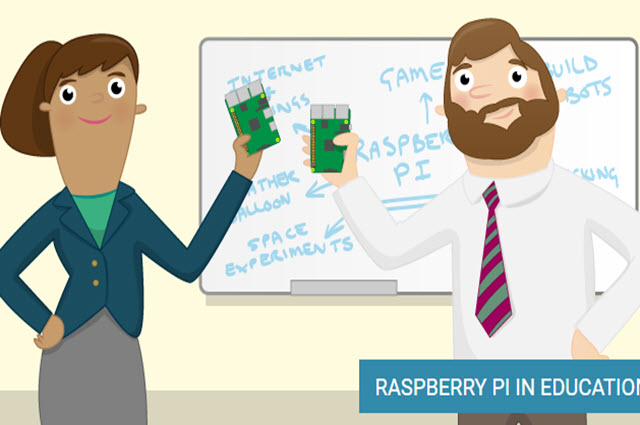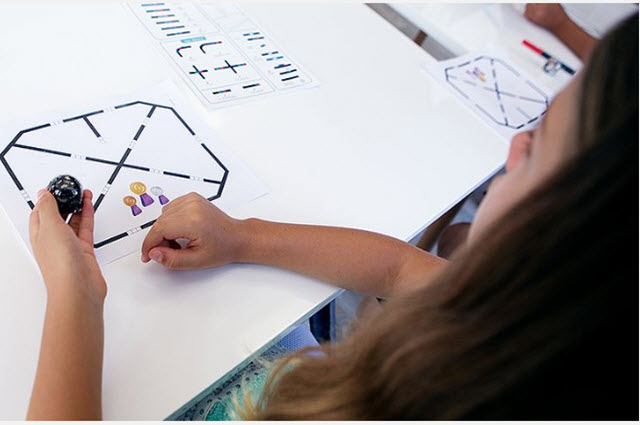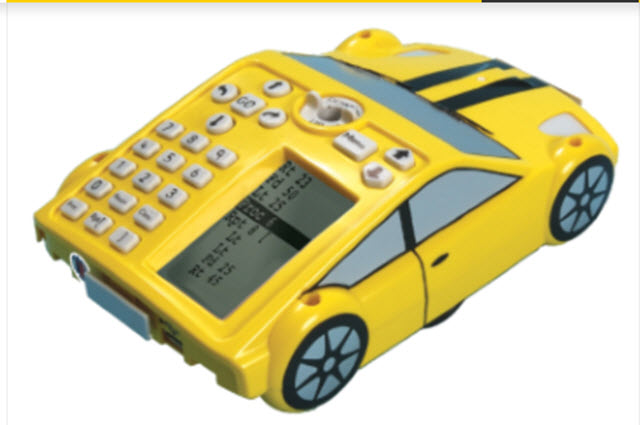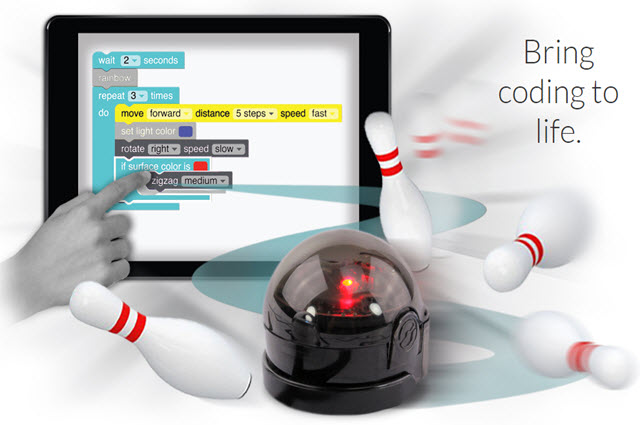Robotics
What is it?
A robot is a mechanical device that can be programmed to follow a set of instructions. Robots have processing units, sensors to help them perceive things in the surrounding environment, and motors and actuators so that they can move. Robots may also have the added programmable functionality of lights, sounds or speech recognition.
Educational robotics is a broad term that refers to a collection of activities, programs, physical platforms and educational resources. In addition, behind the physical elements lies a pedagogical philosophy that matches the new Digital Technologies curriculum.
The benefits of teaching robotics in schools include:
- students find it engaging and enjoyable
- students learn 21st-century skills, which are useful for future employment
- robotics is suitable for students with a range of abilities
- robotics develops students' critical and computational thinking skills
- it is an effective way to introduce programming to students.
Real-world examples
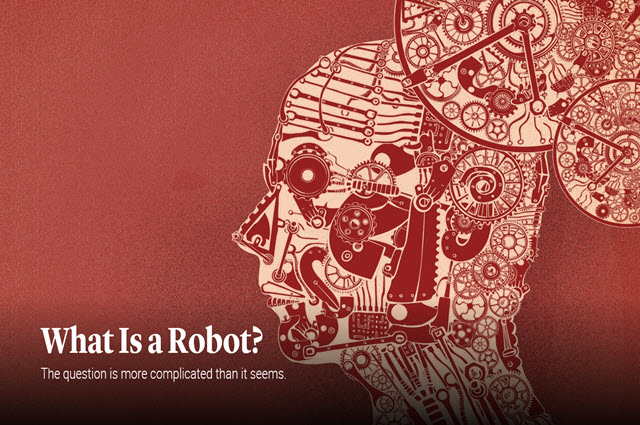
With the proliferation of robotic devices in the human world, this article raises the question: what is a robot? It also raises associated ethical considerations.
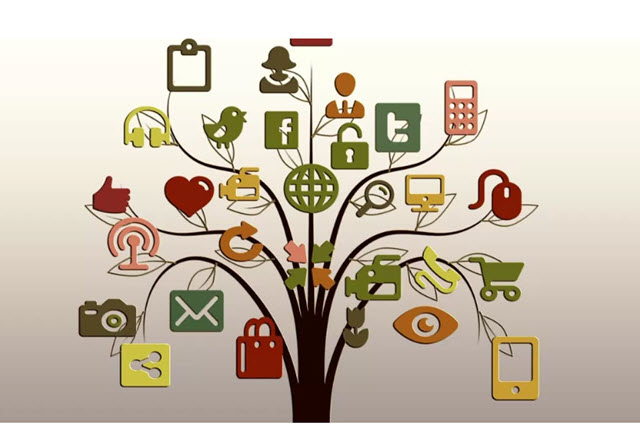
Macquarie ICT Innovations Centre
MacICT is a collaboration between the NSW Department of Education and Macquarie University, Sydney. It provides professional learning for teachers.
The NMC Horizon Report: 2017 K–12 edition
The report highlights the emerging emphasis on 'deep learning approaches', including project-based learning and collaborative learning.
The video is promotional in flavour but is useful in outlining possible pedagogical benefits.
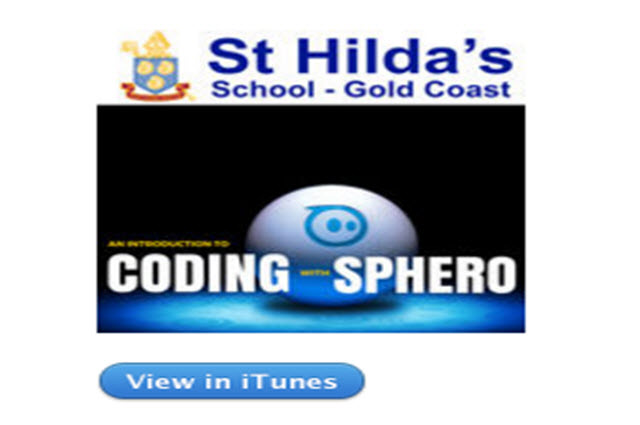
Introduction to Coding with Sphero
In this short course developed by St Hilda's School, Gold Coast, students and teachers will gain the basic skills necessary for controlling a Sphero device by creating their own coded programs.
Robotics in the 2016 Classroom
This discussion paper provides an opportunity for the community to join a conversation about coding and robotics skills.
Retell the story of the Three Little Pigs using a light-sensing robot such as Ozobot.
This is a collection of interactive activity ideas for the Dash and Dot robot toys for young computer programming learners.
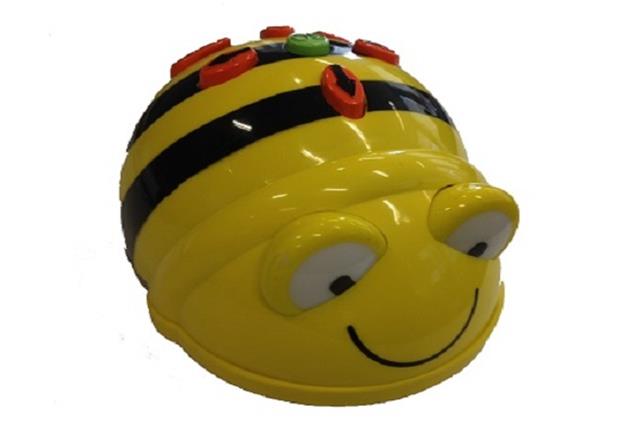
Students follow and describe a series of steps to program a floor robot. They plan a route to program a robot to follow a path and write a sequence of steps (algorithm).
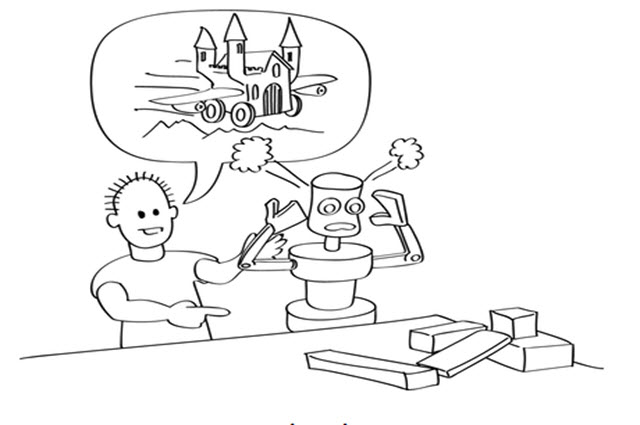
CS Unplugged: Harold the robot
In this activity students give verbal instructions to a person role-playing a robot as an introduction to programing language.
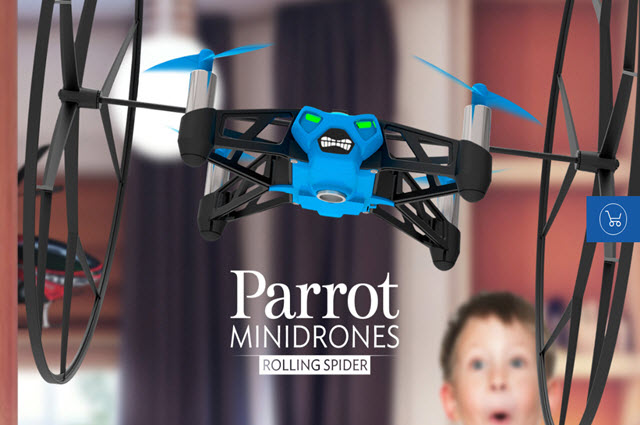
Parrot: mini-drones rolling spider
The rolling spider is a programmable mini-drone, designed to teach students different aspects of programming and robotics.
Sphero is a programmable robotic ball, designed to teach students different aspects of programming and robotics.
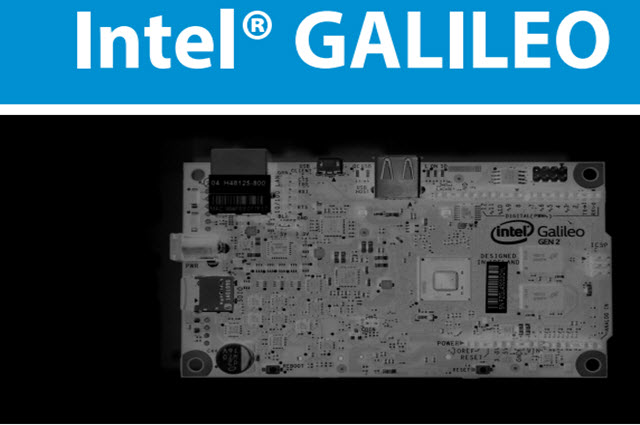
A teacher’s Guide to the Intel Galileo
The Intel Galileo is a small, single board computer designed for schools and hobbyists.
Wink: Learn to code with this entry level robot
Wink is an Arduino-based robot that enables students to transition from graphical programming to more powerful text code languages.

Lego WeDo 2.0 enables students to create and program solutions using science and engineering practices and computational thinking.

This is a programmable bee robot that completes a sequence of directional steps to produce a desired outcome.
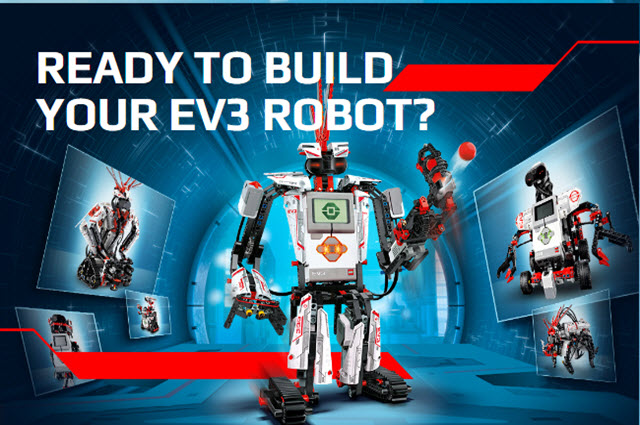
Lego Mindstorms is a set of building blocks and programmable components that students can build into various robots, designed to teach students different aspects of programming and robotics
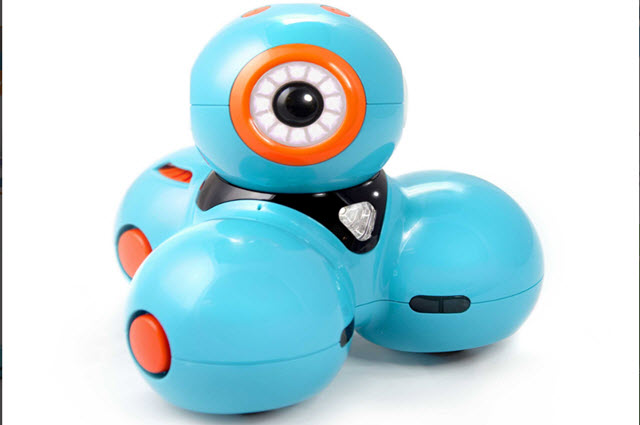
Dot and Dash robots can be programmed by iOS and Android devices to fulfil designed behaviours, including moving and singing.

This programming puzzle app is available for use on multiple devices, and teaches students coding concepts as they guide a robot to solve problems and light up tiles.
Tickle uses visual programming to enable students to control programmable robots, including the Star Wars BB-8 droid, Sphero (SPRK) robotic ball, Ollie two-wheeled robot and the Dash and Dot robots.

Association of Independent Schools of South Australia (AISSA)
AISSA Humanoid Robot Research Project
Thomas and Pink are two humanoid robots that are making programming and robotics exciting and intellectually stimulating learning frontiers for students in Independent schools in South Australia.
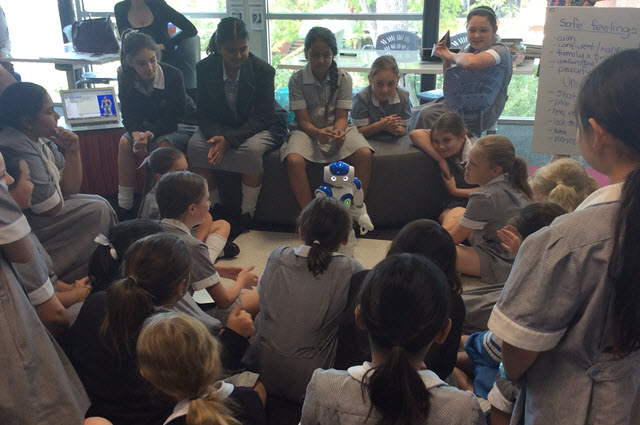
Using robots to teach may seem like something from the Twilight Zone. This project shows how accessible robotics can be in the classroom and how they can inspire students to think outside the box.
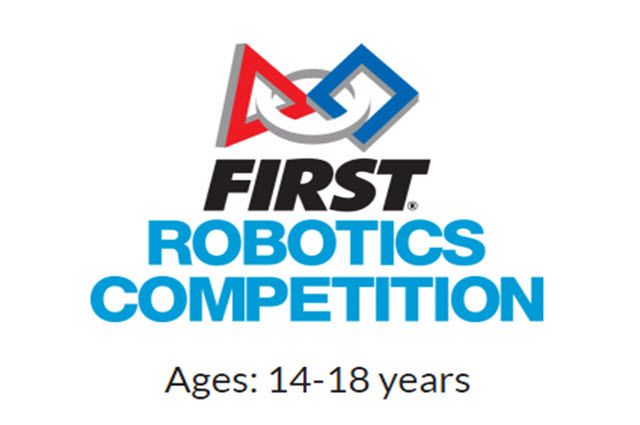
Students get their team together to design, build and program a robot. They then drive it to compete against robots created by other teams. Suggested ages: 14–18 years.
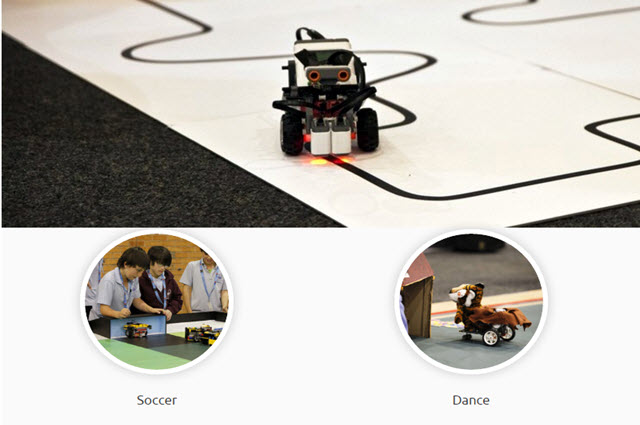
Students work as a team to program a robot to compete against others in a game of soccer, a dance routine or a rescue mission.
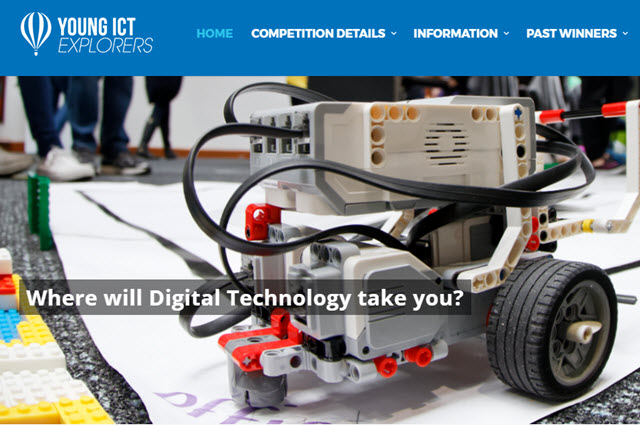
In this competition students develop a technology project of their choice and then present it to a panel of judges. Projects are submitted in two categories: years 3–6 and years 7–12.
